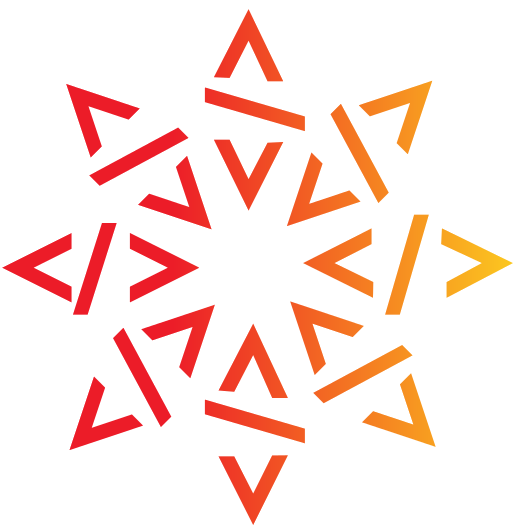Software for Open Science: a leap forward

On July 4 2018 the first French national plan for Open Science identified Software Heritage as a key initiative to support software used and produced in research and led to the creation of the working group dedicated to free and open source software inside the french national committee for Open Science.
Three years later, we are excited to see software fully recognized as a key pillar of Open Science in the second national plan for Open Science, unveiled by the French Ministry of Research on July 6 2021 (you can find an english translation online here).
The plan follows up on the recommendations of the Bothorel report, and squarely puts software on a par with publications and data in the Open Science framework. It announces a broad spectrum of measures, designed to open research software and better recognize software development in research; it deserves to be widely disseminated and carefully studied.
Among the many important measures, a few resonate deeply with Software Heritage’s mission :
- the priority to the dissemination of publicly funded research software under an open source license, because “Making software source code available, with the option of modifying, reusing and disseminating it, is a major requirement to ensure the reproducibility of scientific findings and to support the creation and sharing of knowledge, in keeping with the open science ethos.“
- the objective is to provide better recognition of software development in career evaluation for researchers and engineers
- a renewed and strengthened official support of Software Heritage, as a key infrastructure for Open Science, with a recommendation to archive in it all research software, and the objective to standardize the SWHID identifiers.
To the best of our knowledge, it is the first time that such an organic, clearly designed strategy for (open source) software in research is laid out in an official government document, and we hope to see other countries follow this example soon.
